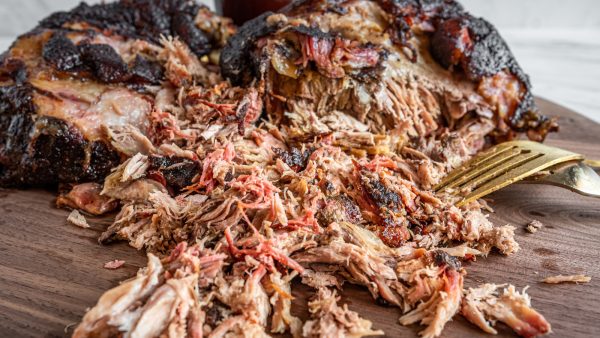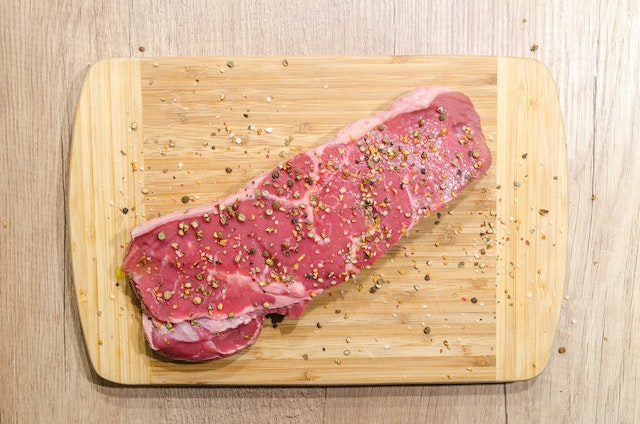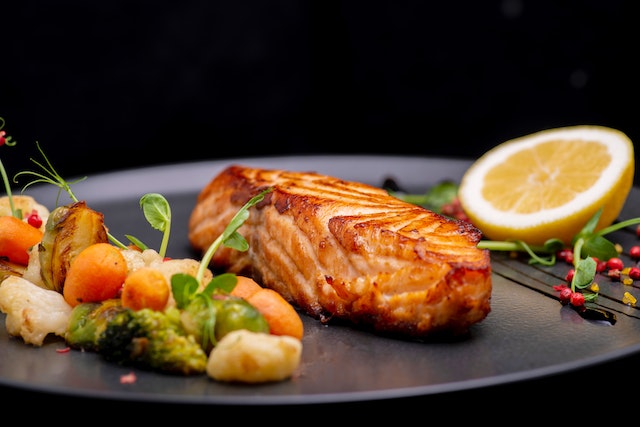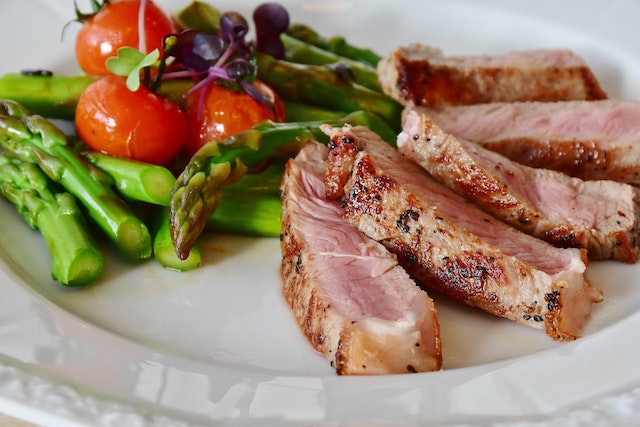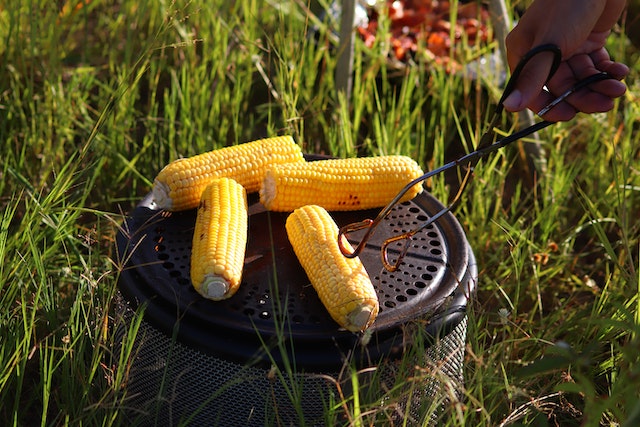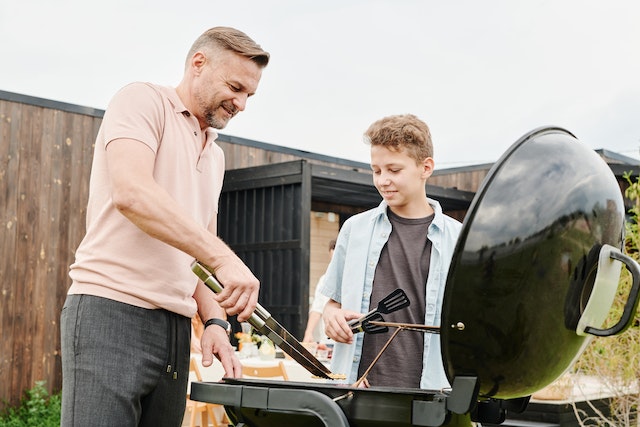Picture yourself on a warm summer day, surrounded by friends and family, the enticing aroma of smoky barbecue filling the air. You want to be the master of the grill, creating mouthwatering, fall-off-the-bone goodness that will have everyone begging for seconds. Well, my friend, it’s time to unlock the secrets of the BBQ smoker and become the envy of your neighborhood.
In this article, we will guide you through the art of using a BBQ smoker, from choosing the right one for your needs to mastering different smoking techniques. Whether you’re a seasoned pitmaster or a beginner looking to elevate your grilling game, we’ve got you covered.
First, we’ll help you navigate the vast world of BBQ smokers, ensuring you find the perfect match for your grilling style.
Then, we’ll show you how to prepare your meat to achieve that irresistible smoky flavor and tenderness.
From lighting and maintaining the fire to controlling the temperature and smoke, we’ll provide you with all the tips and tricks to achieve BBQ perfection.
So grab your apron, gather your loved ones, and get ready to embark on an unforgettable journey into the delicious world of BBQ smoking.
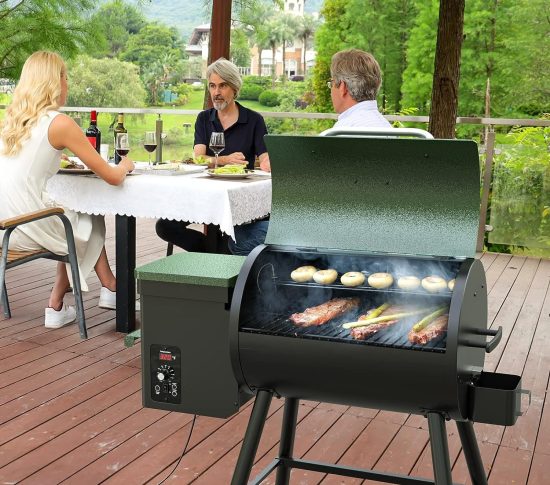
Let’s fire up the smoker and create culinary masterpieces that will make you the hero of every backyard gathering.
1. Choosing the Right BBQ Smoker for Your Needs
When it comes to choosing the right BBQ smoker for your needs, it’s important to consider factors like size, fuel type, and cooking method.
You want a smoker that will fit your space and accommodate the amount of food you plan to cook. Think about how many people you typically cook for and how much space you have available in your backyard or patio.
Next, consider the fuel type. Are you a fan of the traditional smoky flavor that comes from charcoal, or do you prefer the convenience of propane or electric smokers? Each fuel type has its own unique characteristics, so choose the one that suits your taste and lifestyle.
Finally, think about the cooking method. Do you want a smoker that uses direct heat or indirect heat? Direct heat is great for searing and grilling, while indirect heat is perfect for smoking low and slow.
By considering these factors, you can choose the BBQ smoker that will meet your needs and make you feel like part of the BBQ community.
2. Preparing Your Meat for Smoking
Before you even think about tossing your meat into the smoky abyss, you might want to consider giving it a proper marinade or rubdown to enhance those flavors. A good marinade or rub can take your meat from ordinary to extraordinary, creating a mouthwatering experience that will have everyone coming back for more.
Here are five essential tips to prepare your meat for smoking:
- Choose the right cut: Different cuts of meat require different preparation methods. Make sure to select a cut that’s suitable for smoking, such as brisket, ribs, or pork shoulder.
- Trim excess fat: Trimming off excess fat will prevent flare-ups and ensure a more even cooking process. Aim for about 1/4 inch of fat remaining on the meat.
- Season generously: Use a flavorful dry rub or marinade to infuse the meat with delicious flavors. Don’t be afraid to be generous with your seasonings, as some will be lost during the smoking process.
- Let it rest: After seasoning, let the meat rest for at least 30 minutes to allow the flavors to penetrate the meat and create a more tender texture.
- Bring to room temperature: Before placing the meat in the smoker, allow it to come to room temperature. This will ensure even cooking and prevent the meat from drying out.
By following these steps, you’ll be well on your way to creating mouthwatering, tender smoked meat that’ll have you and your guests craving more. So go ahead, prepare your meat with care, and let the flavors come alive in the smoky embrace of your BBQ smoker.
3. Lighting and Maintaining the Fire
To achieve that perfect smoky flavor, all you need to do is master the art of lighting and tending to the fire. It’s a skill that’ll make you feel like a true barbecue aficionado and have your friends and family begging for more of your delicious smoked meats.
So, let’s dive in and learn how to light and maintain the fire in your BBQ smoker.
First things first, you’ll need to gather your charcoal and wood chips. The charcoal will provide the heat, while the wood chips will give your meat that distinct smoky flavor. Start by arranging a small pile of charcoal in the firebox of your smoker. Then, carefully light the charcoal using a chimney starter or lighter fluid.
Once the charcoal is lit, let it burn for about 20 minutes until it turns gray and ashy.
Next, it’s time to add the wood chips. Soak them in water for at least 30 minutes before adding them to the smoker. This will ensure that they smolder and produce smoke, rather than catching fire and burning up too quickly. Once the wood chips are soaked, scatter them over the hot coals in the firebox.
Now, it’s all about maintaining the fire. Keep an eye on the temperature gauge and adjust the air vents accordingly to control the heat. You wanna aim for a steady temperature between 225°F and 250°F. If the temperature starts to drop, add more charcoal and wood chips as needed to keep the fire going.
Remember, the key to a successful barbecue is patience and attention to detail. Keep tending to the fire, adding more charcoal and wood chips as necessary, and you’ll soon be rewarded with beautifully smoked meats that’ll make you the hero of any backyard gathering.
4. Controlling the Temperature and Smoke
Maintaining a perfect balance of temperature and smoke is the key to achieving mouthwateringly delicious smoked meats that will leave you and your guests craving for more. When it comes to controlling the temperature and smoke in your BBQ smoker, there are a few things you need to keep in mind.
First, you want to make sure you have a good airflow system. This will help regulate the temperature inside the smoker and prevent any hot spots. Adjust the vents or dampers to control the amount of oxygen that enters the smoker. More oxygen means a hotter fire, while less oxygen will lower the temperature.
Next, you need to keep an eye on the fuel source. Make sure you have enough charcoal, wood chips, or pellets to maintain a steady fire. You may need to add more fuel throughout the smoking process to keep the temperature consistent.
Additionally, you should monitor the smoke production. Too much smoke can overpower the flavor of the meat, while too little can result in a lack of smokiness. Adjust the airflow and the amount of wood chips or pellets to achieve the desired amount of smoke.
Remember, achieving the perfect balance of temperature and smoke takes practice and patience. But with time, you’ll become a master of your BBQ smoker, creating mouthwatering meats that’ll make you feel like a true pitmaster. So go ahead, fire up that smoker and get ready to enjoy some deliciously smoked goodness!
5. Mastering Different Smoking Techniques
Now let’s dive into the art of mastering various smoking techniques to elevate your culinary skills and create tantalizing flavors. To truly become a barbecue aficionado, you need to explore different techniques that’ll set your dishes apart.
Here are three smoking techniques to help you become a true pitmaster:
- The Low and Slow Method: This technique involves cooking your food at a low temperature, usually between 225-250°F, for an extended period of time. This allows the flavors to develop slowly and creates tender, juicy meat that falls off the bone. Patience is key here, as the longer cooking time infuses the meat with delicious smoky flavors.
- The Reverse Sear Technique: This technique involves smoking the meat at a low temperature until it reaches an internal temperature of about 10-15°F below your desired doneness. Then, you finish it off by searing it over high heat to create a beautiful crust. This method gives you the best of both worlds – a smoky flavor and a perfectly seared exterior.
- The Texas Crutch: This technique is commonly used for larger cuts of meat, like brisket. It involves wrapping the meat tightly in foil or butcher paper during the cooking process. This helps to retain moisture and speeds up the cooking time, resulting in incredibly tender and flavorful meat.
By mastering these smoking techniques, you’ll be able to create mouthwatering dishes that are sure to impress your friends and family. So grab your apron, fire up your smoker, and let the journey begin!
Frequently Asked Questions
How do I clean and maintain my BBQ smoker to ensure it lasts for years?
To ensure your BBQ smoker lasts for years, clean it regularly by scrubbing the grates and exterior with a brush and mild soap. Empty and clean the ashtray after each use, and store it in a dry place to prevent rust.
What types of wood chips or pellets can I use for smoking, and what flavors do they add to the meat?
For a rich and smoky flavor, use hickory wood chips in your BBQ smoker. They add a touch of sweetness to meats like ribs and brisket, creating a mouthwatering experience that will have everyone begging for seconds.
Can I use my BBQ smoker in cold weather, and if so, how can I prevent the temperature from dropping too much?
Yes, you can use your BBQ smoker in cold weather. To prevent the temperature from dropping too much, try insulating the smoker, using a windbreak, and using a higher heat setting. Enjoy smoking in any weather!
Are there any safety precautions I should take while using a BBQ smoker, such as fire safety or handling hot surfaces?
To ensure your safety while using a BBQ smoker, always keep a fire extinguisher nearby and avoid wearing loose clothing that could catch fire. Remember to use oven mitts or tongs to handle hot surfaces and never leave the smoker unattended.
How long should I let the meat rest after smoking, and why is this important for achieving the best flavor and texture?
Letting the meat rest after smoking is important for achieving the best flavor and texture. It allows the juices to be redistributed, resulting in a more tender and flavorful final product. Resting for at least 10-15 minutes is recommended.
Conclusion
Congratulations! You’ve now learned how to use a BBQ smoker like a pro. Remember, choosing the right smoker is essential for delicious results.
Preparing your meat properly is key, and lighting and maintaining the fire is crucial for a consistent cook. Controlling the temperature and smoke will bring out the best flavors.
And to spice things up, mastering different smoking techniques will take your BBQ game to the next level.
Now, here’s an interesting stat: Did you know that smoking your meat can increase its flavor by up to 30%? Imagine the mouthwatering results!
